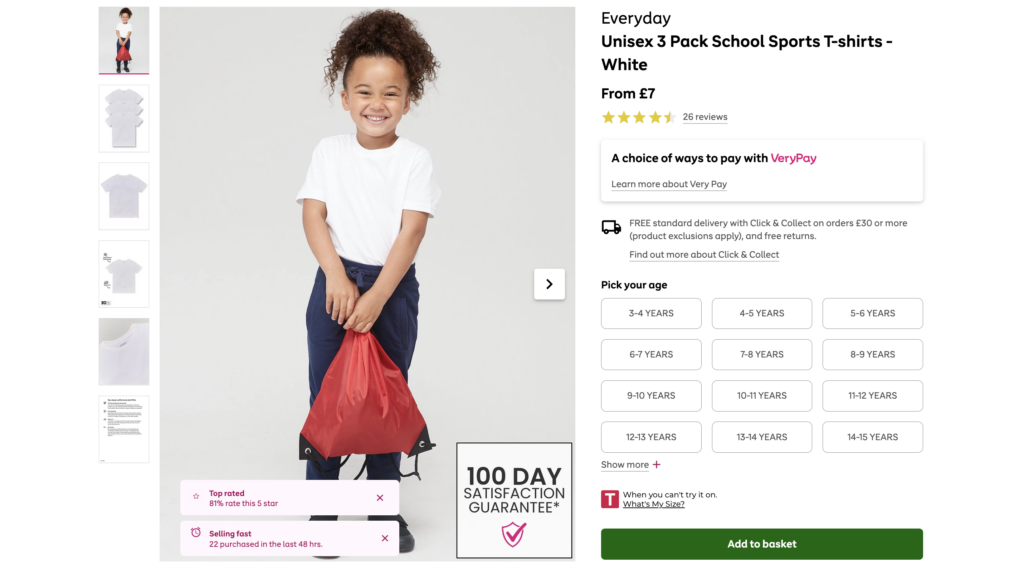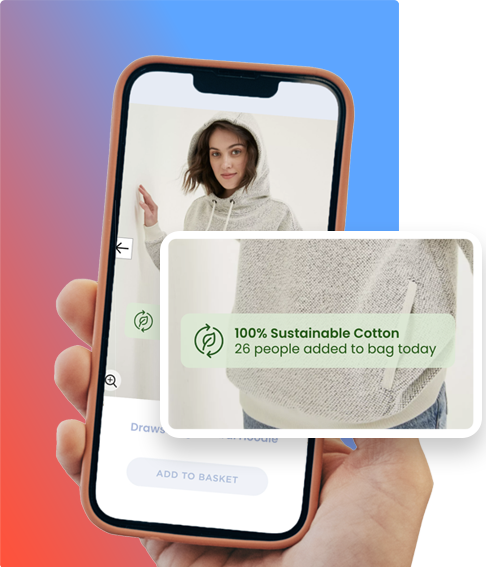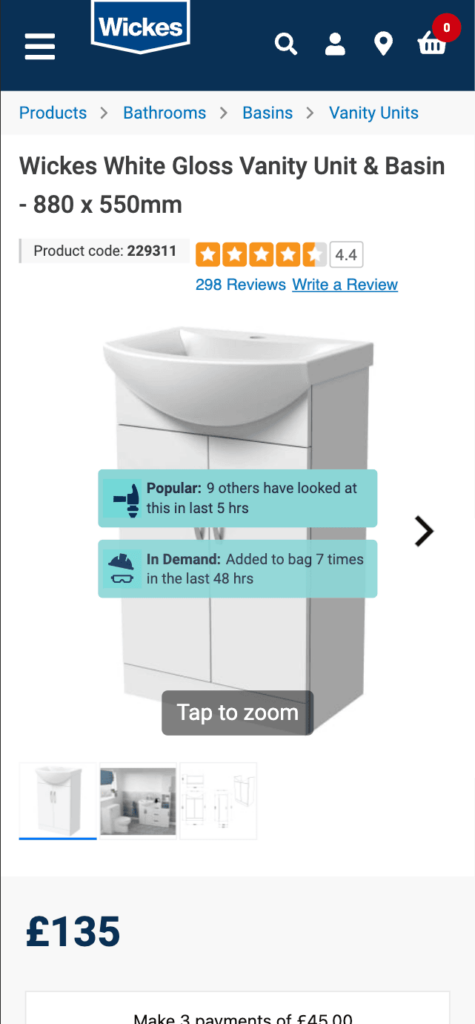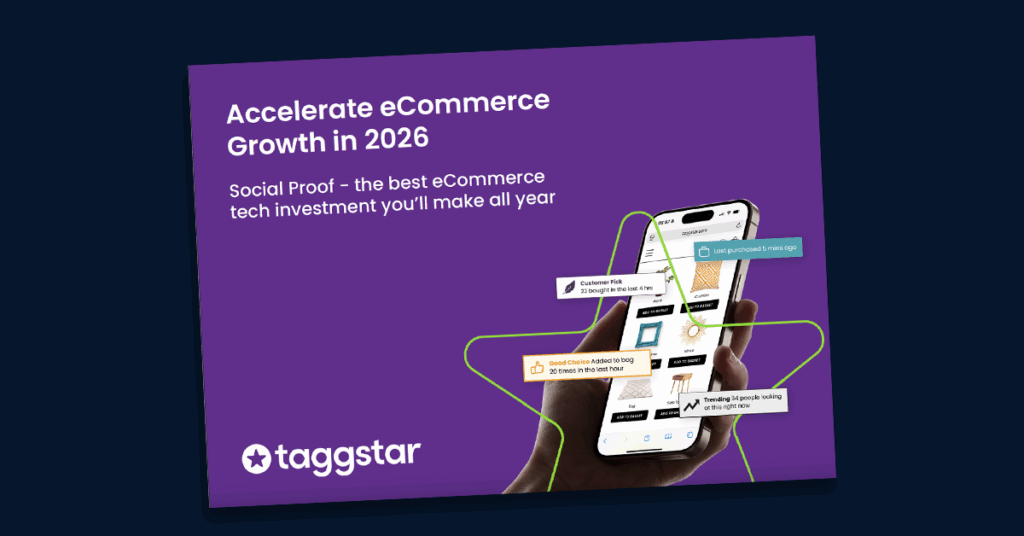Consider the steps that you take before making a purchase – you might do some online research, ask your friends, read reviews and so on. Generally, the more informed you are, the more confident you will be in your final purchase decision.
While the process tends to be more thorough depending on the price and complexity of the purchase, the consumer-decision process covers the entire purchase journey, from initial need identification to product or service evaluation, consideration and final purchase.
Retailers and brands that understand their customers’ decision-making process, customer journey and the type of information needed to make a purchase decision, are better positioned to deliver shopping experiences that inform shoppers and influence their purchase decisions. The result will be higher conversions, more sales revenue, less returns and overall happier and loyal customers that are more likely to pay it forward with positive reviews and referrals.
Read on for five strategies and tools you can use to help your shoppers become more informed across the shopping journey to influence their buying decisions.
1. Customer Reviews
Customer product reviews play a critical role in helping shoppers make more informed purchase decisions by providing authentic, firsthand insight into a product’s performance, quality and value. Customer reviews offer diverse perspectives from real customers, highlighting both pros and cons, making them more trustworthy than marketing materials and brand promises.
Customer reviews and ratings on eCommerce sites have in fact proven so effective that they have become table stakes. Larger retailers and brands may have 100s or even 1000s of reviews for a single product, and the challenge today is therefore helping shoppers easily find the relevant reviews in a sea of data that will help them make more informed purchase decisions.
By integrating aggregated review data with social proof messaging, retailers and brands combine two proven conversion rate optimisation strategies and bring the most relevant information front and centre. This is especially powerful in fashion and apparel where fit advice is a critical aspect of the purchase decision.

2. Detailed, Relevant Product Information
In eCommerce where shoppers cannot touch, feel or try on products, detailed, yet easily digestible, product descriptions allow them to visualise and assess if a product is the right fit for them.
Clear and accurate product descriptions build trust, enhance the shopping experience, and empower customers to make informed purchase decisions. Detailed product descriptions also address potential questions and concerns a potential customer might have about a product, reducing the likelihood of misunderstandings or returns.

But not all product descriptions are made equally. There is a fine balance between delivering the right content and not overwhelming shoppers by overloading shoppers with information. A lot of this comes down to the site structure, flow and design, as well as the technologies and solutions that enable better user experiences.
For instance, many consumers will actively seek out products that are sustainable and environmentally-friendly, but often that information is buried in lengthy product descriptions. By leveraging Attribute Messaging on a product detail page, retailers and brands can bring key product attributes, like sustainability information, upfront and thereby help shoppers easily discover products and make informed decisions.
3. High Quality Images and Engaging Visuals
High-quality images and engaging visuals are a vital aspect of delivering great online shopping experiences and in helping shoppers make more informed purchase decisions.
Great visuals provide a clear view of the product, showcasing features, design and quality. In eCommerce, where shoppers cannot see and feel a product in person, visuals along with detailed product descriptions, help bridge this gap.
Visuals should include images from multiple angles, zoom capabilities, colours samples as well videos. Lifestyle and editorial images allow shoppers to better visualise how products will look and fit in their lives. Some retailers and brands, particularly in the home and beauty industries, have also introduced augmented reality features to further help shoppers envision what a product looks like in a particular setting.
Just like customer reviews, customer photos and videos provide authentic and trustworthy information that help shoppers make better and more confident purchase decisions. Most retailers allow customers to upload photos and videos with their reviews, but some also feature customer-generated visual content within product descriptions to showcase how other customers, like them, are using the products.

Retailers and brands can also leverage visuals to optimise product listing page design and help shoppers easily find the product info they need to make better purchase decisions with animated design. DIY retailer Wickes used animated social proof messaging to increase engagement and help shoppers easily find relevant information to help make better decisions and boost buyer confidence.
4. Transparent Pricing and Clear Return Policies
Unclear pricing, unexpected and hidden costs and unclear return policies are often cited as top reasons for cart abandonments. Providing transparent pricing information and clear delivery and return policies are crucial because it builds trust with shoppers, enabling them to confidently make purchase decisions without the fear of surprises along the way.
When prices are clear and upfront, shoppers can easily compare products, assess the value, and feel confident that they’re getting a fair deal. This transparency reduces the risk of unexpected costs, which can lead to cart abandonment and unsatisfied customers.
Ultimately, transparent pricing and clear policies helps shoppers make informed decisions, fosters loyalty, encourages repeat business, and enhances the overall customer experience by ensuring that shoppers feel respected and valued.
5. Common Customer Questions
Well-crafted FAQ sections on eCommerce sites provide quick and accessible answers to common customer questions, reducing uncertainty and confusion. Retailers and brands should review search results, leverage keyword research and insights from customer service to help develop the FAQ section. By addressing potential concerns proactively, such as product details, return policies, shipping information, and warranty coverage, FAQs empower customers to make decisions with confidence.
FAQs also save shoppers time by reducing the need to contact a customer service representative for generic questions, reducing friction and improving the overall shopping experience.
Expert and customer Q&A sections, where customers can ask questions and get answers from real users, are becoming increasingly popular as well. Real-life scenarios from past customers and experts are more trustworthy and relatable, and helps shoppers clarify information, provide additional insights and reduce doubt.
Ultimately, well-crafted FAQs, along with Expert and Customer Q&A sections, can increase conversion rates, build trust, and enhance customer satisfaction by ensuring that shoppers have all the information they need to make a purchase.
Use social proof to help shoppers make more informed purchase decisions
A thorough understanding of your customers’ shopping journey and their decision-making process, supported by the right technology, will enable you to deliver optimal customer experiences and the information that shoppers need to make informed and confident purchase decisions.
Retailers and brands like M&S, Debenhams and Wickes invest in Taggstar’s social proof solution to inject social proof messaging across the customer journey – with the right message, at the right time and in real time.
The result is an authentic and trustworthy shopping experience that helps shoppers make better and more confident purchase decisions that result in higher conversions, increased revenue, reduced returns and stronger customer loyalty.




